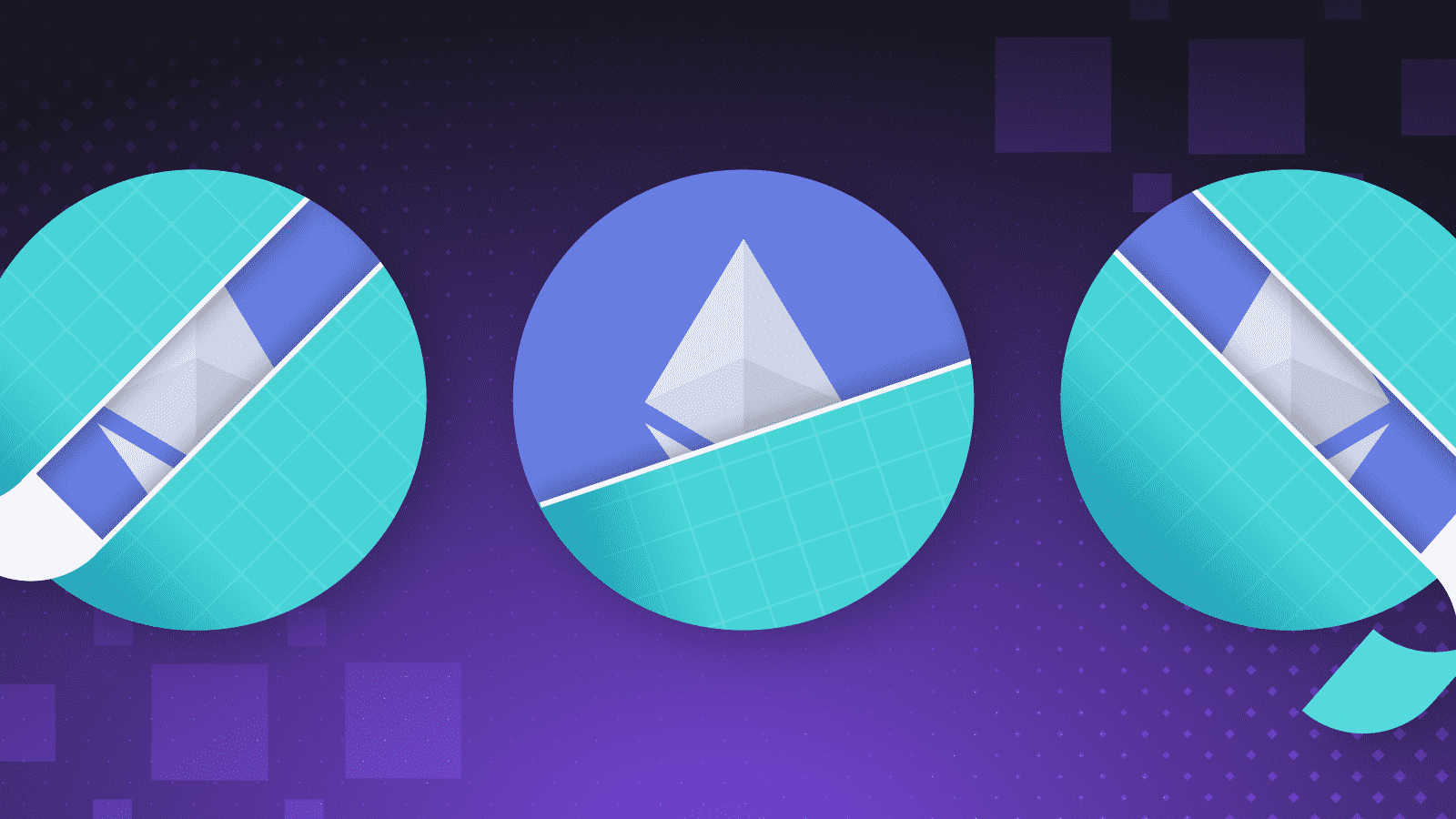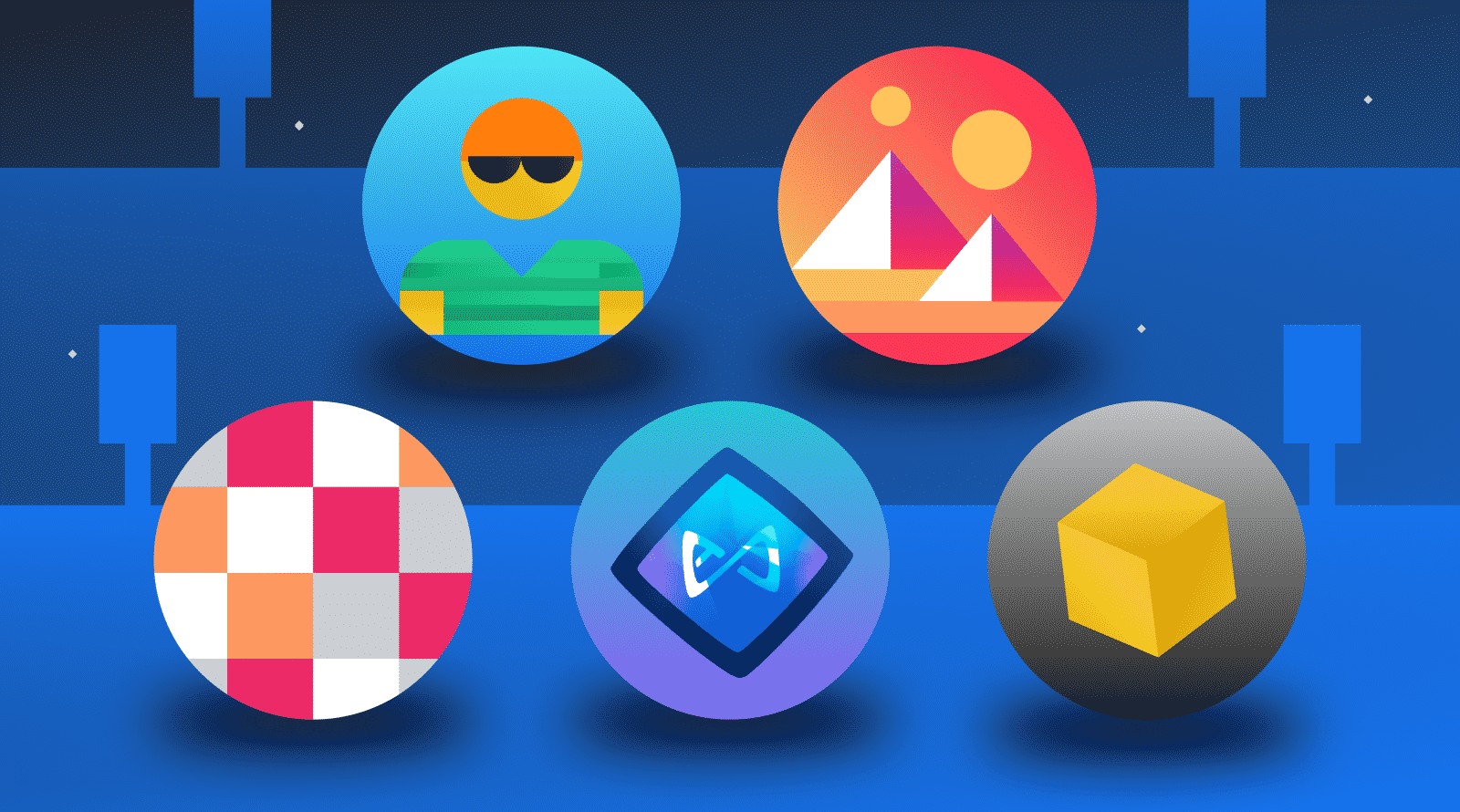A Guide to Crypto Collectibles and Non-fungible Tokens (NFTs)
The creation of Bitcoin introduced the concept of trustless, digital scarcity. Before it, the cost of digitally copying something was next to nothing. With the advent of blockchain technology, programmable digital scarcity has become possible – letting us map the digital world to the real world. Non-fungible tokens (NFTs), often referred to as crypto collectibles, expand this […]
About Course
Course Content
A Guide to Crypto Collectibles and Non-fungible Tokens (NFTs)
The creation of Bitcoin introduced the concept of trustless, digital scarcity. Before it, the cost of digitally copying something was next to nothing. With the advent of blockchain technology, programmable digital scarcity has become possible – letting us map the digital world to the real world.
Non-fungible tokens (NFTs), often referred to as crypto collectibles, expand this idea. Unlike cryptocurrencies, where each token is equal, non-fungible tokens are unique and limited in quantity.
NFTs are a key building block in a new, blockchain-powered digital economy. Numerous projects have experimented with NFTs in a variety of use cases, including gaming, digital identity, licensing, certificates, and fine art. What’s more, NFTs even allow for fractional ownership of high-value items.
NFTs have become much easier to issue, and we’re seeing increasing amounts minted daily. This article will dive into what NFTs are, what they can be used for, and how a game called CryptoKitties congested the Ethereum blockchain in late 2017.
-
What is a non-fungible token (NFT)?
-
How do NFTs work?
-
What can NFTs be used for?
-
How do I make NFTs?
-
How do I buy NFTs?
-
The story of CryptoKitties and Ethereum
Popular projects using NFTs and crypto collectibles
Many different projects already use NFTs as collectible and tradable items. Let’s go through a selection of some of the most popular ones.
-
Decentraland
-
PancakeSwap
-
Gods Unchained
-
CryptoPunks
-
Binance Collectibles & NFTs
-
Crypto Stamps
-
Closing thoughts
Student Ratings & Reviews

Related Courses

I am text block. Click edit button to change this text. Lorem ipsum dolor sit amet, consectetur adipiscing elit. Ut elit tellus, luctus nec ullamcorper matti pibus leo.
Student
- Tutorials
- Resources
- Guides
- Examples
- Docs
Teacher
- Business Strategy
- Become A Teacher
- Project Management
- Membership
- Brand Assets
Useful links
- Contact
- About Us
- Privacy Policy
- Terms & Condition
- Student spotlight
Disclaimer
Our crypto assets concerned are not considered financial instruments, electronic money, structured deposit, and the activities carried out are not considered regulated activities Cryptocurrency assets has relatively huge fluctuations in their prices. Please do judge your own investment capabilities rationally and make your investment decisions cautiously. The information and analysis contained in KRYZA sites and social sites,groups reflect the privacy of the authors and is not an investment analysis or investment advice. When making any investment decision, the suitability of the given investment can only be determined by an examination tailored to the person of the given investor, for which the author of the post does not undertake and is not suitable. Therefore, before each investment decision, find out in detail and from several sources, if necessary, consult your personal investment advisor!




